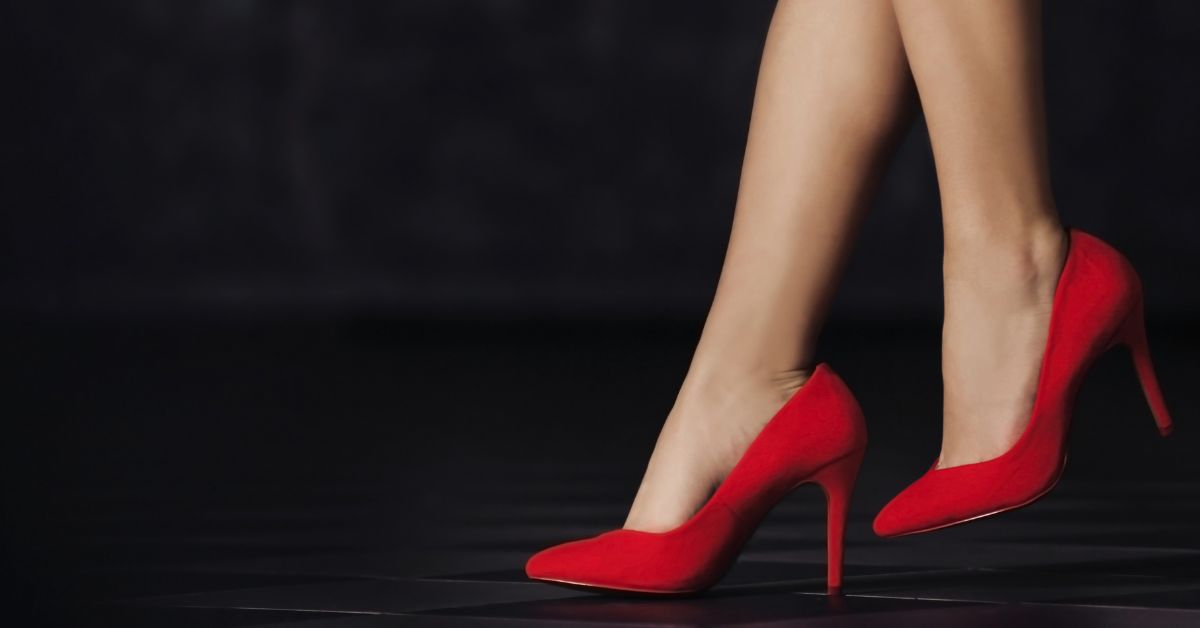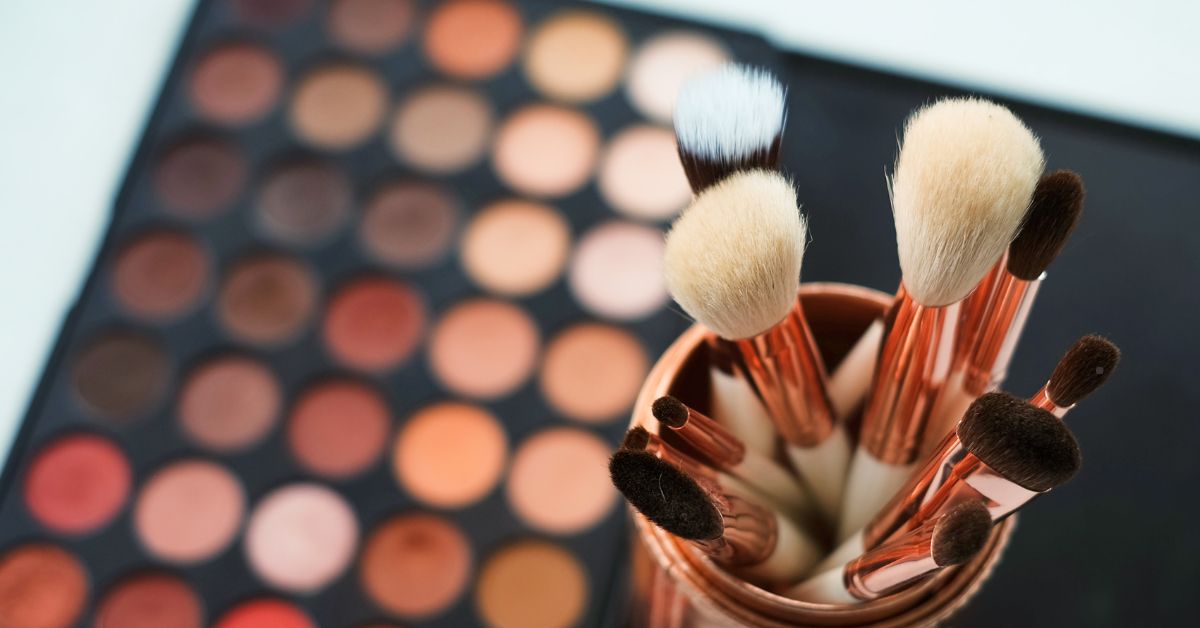In the intricate world of shoemaking, the dutch heel stands out as an iconic and functional design. Known for its unique structure and enduring appeal, the dutch heel has cemented its place in the annals of footwear craftsmanship. Whether you’re a footwear enthusiast, a budding designer, or someone intrigued by the finer details of shoe construction, this article will delve deep into the history, features, and modern-day relevance of the dutch heel.
The Origins of the dutch heel
The dutch heel traces its roots to traditional European shoemaking practices. Characterized by its slight curvature and practical functionality, this design was initially crafted to provide comfort and stability. Unlike other heel styles that leaned heavily on aesthetics, the dutch heel was born out of necessity, ensuring wearers could move with ease while maintaining a sophisticated look.
Why the dutch heel Became Popular
- Comfort Meets Functionality: The dutch heel was designed to offer better weight distribution, reducing strain on the foot’s arch and heel.
- Versatility in Design: Its compatibility with various shoe styles, from boots to formal footwear, made the dutch heel a favorite among artisans and wearers alike.
- Durability: Crafted with precision, the dutch heel provided lasting support, making it a practical choice for everyday wear.
Features of the dutch heel
What sets the dutch heel apart from other heel designs? Let’s explore its defining characteristics:
- Slightly Curved Structure: The gentle curve of the dutch heel provides a balanced aesthetic that combines functionality and elegance.
- Height Variability: While often associated with medium-height heels, the dutch heel can be customized to suit different footwear needs.
- Enhanced Grip and Stability: The design ensures a firm grip, reducing the chances of slipping and making it ideal for both urban and rugged terrains.
The Evolution of the dutch heel Over Time
Initially designed for practicality, the dutch heel has evolved to become a symbol of style and innovation. Modern shoemakers have adapted the design to incorporate contemporary materials and techniques, ensuring it remains relevant in today’s fashion landscape.
The dutch heel in Modern Fashion
Today, the dutch heel has found its way into a variety of footwear styles, blending traditional craftsmanship with modern aesthetics. From high-end designer brands to bespoke shoemakers, the dutch heel continues to inspire creativity and innovation.
Popular Footwear Featuring the dutch heel
- Classic Leather Boots: A staple in many wardrobes, leather boots featuring the dutch heel offer both style and comfort.
- Formal Shoes: The sleek design of the dutch heel enhances the elegance of formal footwear, making it a preferred choice for special occasions.
- Everyday Wear: Casual shoes with a dutch heel provide the perfect balance of functionality and style, catering to those who prioritize comfort without compromising on fashion.
How to Incorporate the dutch heel into Your Wardrobe
Integrating footwear with the dutch heel into your daily wardrobe can elevate your style while ensuring maximum comfort. Here are some tips:
For a Casual Look
Pair casual boots with the dutch heel with jeans or chinos for a laid-back yet polished appearance. Opt for neutral tones like brown or black to ensure versatility.
For Formal Occasions
Choose formal shoes with a subtle dutch heel to complement tailored suits or evening wear. The clean lines and elegant structure of the heel add a touch of sophistication to any ensemble.
For Outdoor Adventures
For those who enjoy outdoor activities, footwear featuring the dutch heel provides the perfect combination of grip and durability, ensuring comfort during long walks or hikes.
Caring for Your dutch heel Footwear
To ensure the longevity of your dutch heel shoes, proper maintenance is essential. Here are some tips to keep them in pristine condition:
- Regular Cleaning: Wipe your shoes with a damp cloth to remove dirt and debris. For leather shoes, use a specialized leather cleaner.
- Polishing: Polish your footwear regularly to maintain its shine and protect the material from wear and tear.
- Proper Storage: Store your dutch heel shoes in a cool, dry place, preferably with shoe trees to retain their shape.
Repairing the dutch heel
In case of wear and tear, it’s advisable to consult a professional cobbler to restore the dutch heel to its original glory. Many shoemakers offer repair services that can extend the life of your beloved footwear.
Why the dutch heel Remains Relevant
The enduring popularity of the dutch heel can be attributed to its unique blend of tradition and innovation. While trends in the fashion industry come and go, the dutch heel has stood the test of time, thanks to its timeless appeal and practicality.
Embracing Sustainability with the dutch heel
In an era where sustainability is a key focus, the dutch heel offers a viable solution. Many shoemakers are now adopting eco-friendly materials and practices, ensuring that this classic design aligns with modern values.
Conclusion
The dutch heel is more than just a design element; it’s a testament to the artistry and innovation of shoemaking. From its humble beginnings in traditional European footwear to its modern-day adaptations, the dutch heel continues to captivate and inspire. Whether you’re looking for style, comfort, or durability, incorporating footwear with the dutch heel into your collection is a decision you won’t regret. Explore the world of the dutch heel and discover how this timeless design can elevate your footwear game.




